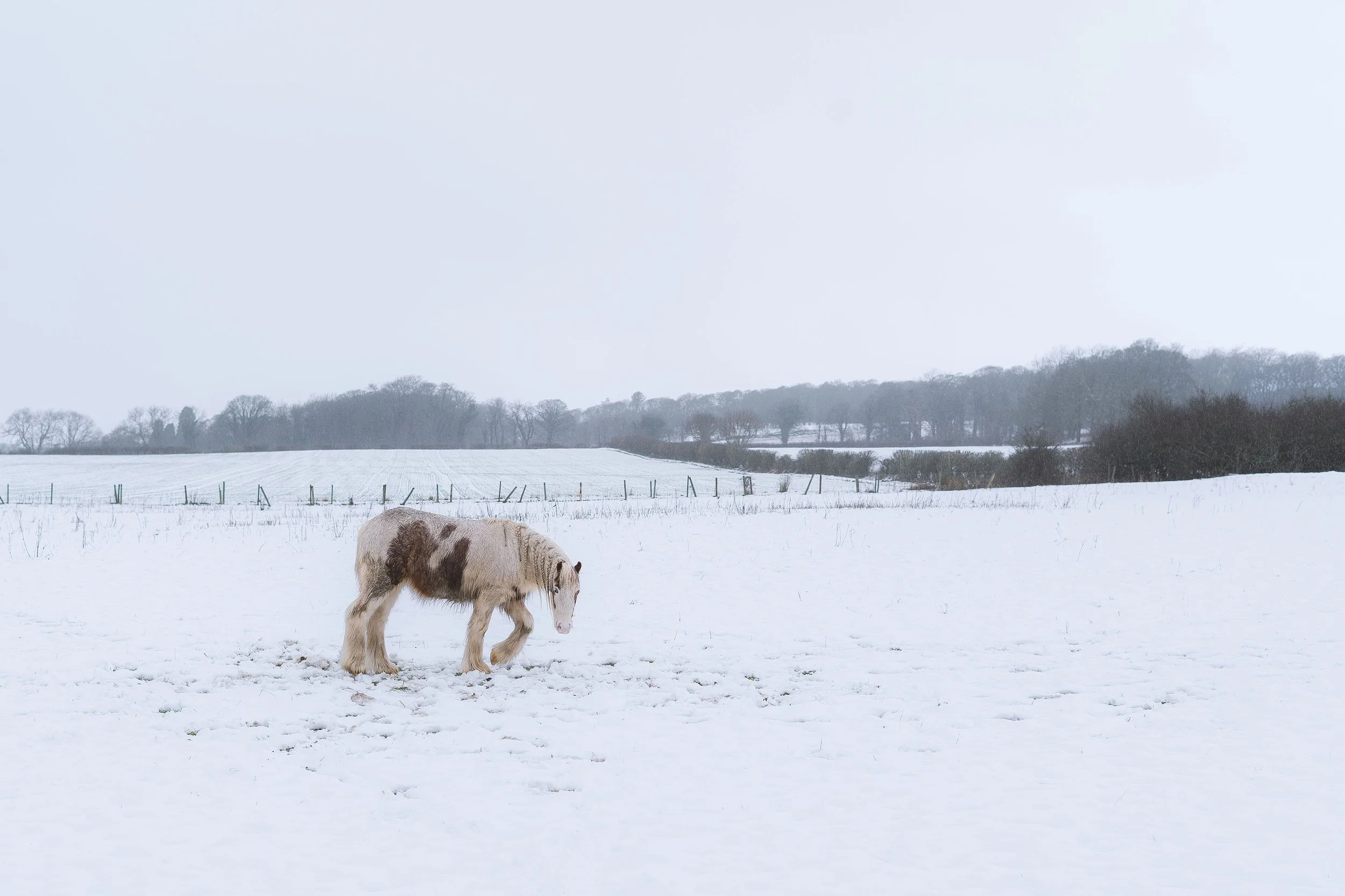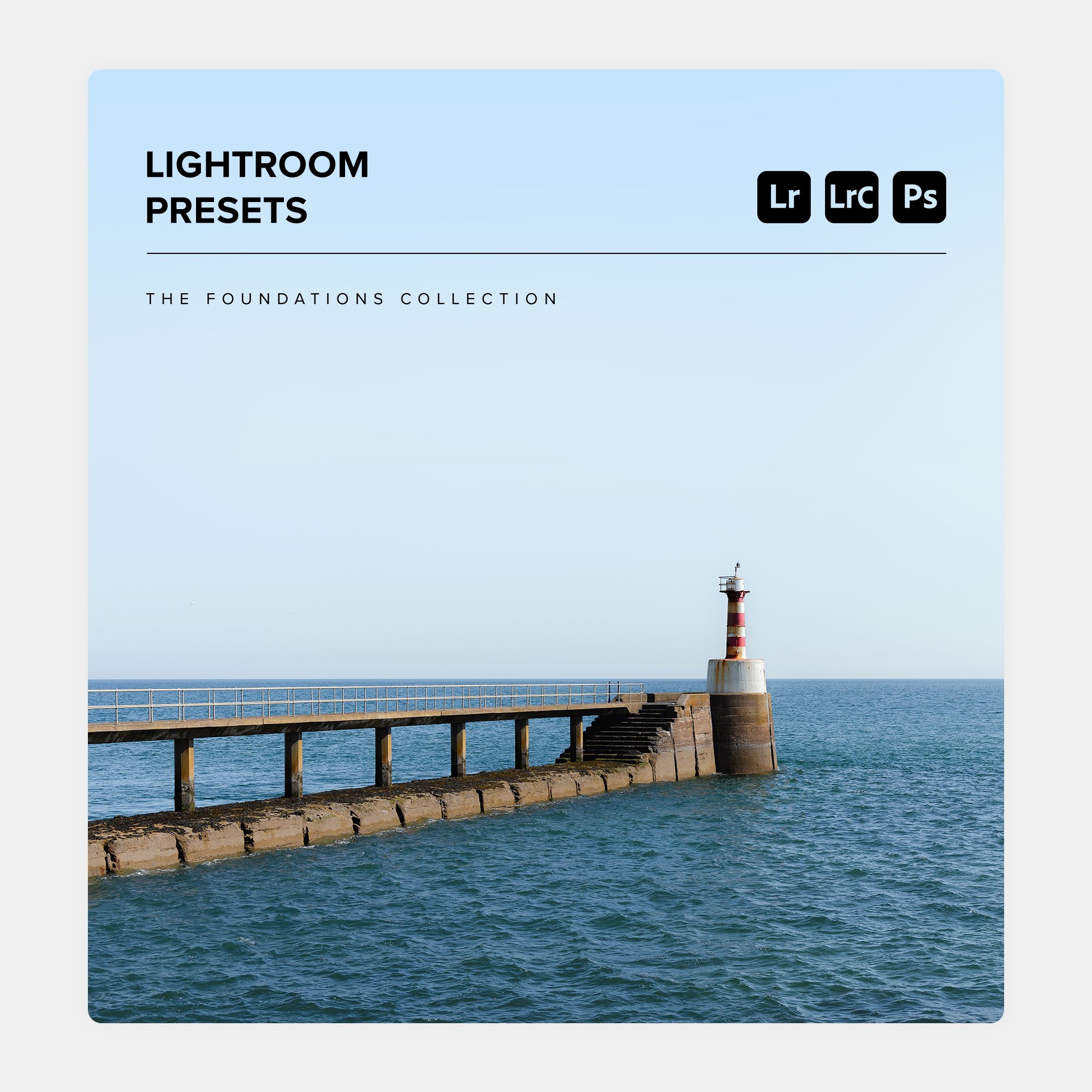Simple Tips for Taking Striking Photos Anywhere You Go
I used to think you have to go to the best locations in the world to get good photos, but the longer I spent shooting in relatively normal or boring places, the more I realised how false this is. Today, I’m going through five tips that will help you take striking photos anywhere you go.
The first few tips are all about getting into the correct mindset for a successful day of photography wherever you go, and while they may seem super simple, they will dramatically increase your chances of taking a great photo.
Keep Your Camera Accessible at All Times
First off, you want to create the least amount of friction as possible between spotting a photo while you’re out and about, and actually being able to take that photo.
We all love camera bags, we all love having loads of compartments for our accessories, but I’m sure every single photographer has been walking around at some point, spotted a potentially interesting photo, but carried on walking because we couldn't be bothered to get our camera out of our bag, or the moment had gone by the time we did.
I’ve done it, I know you’ve done it, we're all human. But if your camera is already in your hand or around your neck, there’s no excuse to not at least attempt to get the frame. Plus, to be quite honest, although we can see photos with our eyes, we have no idea how we're going to execute it or whether it’s going to turn out good until we lift that camera up and start framing.
So, we may spot something that we're unsure about with our eyes, but if our camera is in our hands ready to experiment with, we're way more likely to get a shot.
For me, if I’m out on a dedicated photography walk, I don’t put my camera back in my bag unless I’m going into a shop, driving, or perhaps taking a lunch break or something. Of course, this is different when I’m with family or friends and have a camera on me for the sake of it.
But for dedicated photography sessions, I usually have it in my hand via a wrist strap at all times. Having said that, though If you do need to have your camera in a bag for whatever reason, at the very least, store it with a lens already attached, battery in, memory card in, ready to grab and shoot.
Having my camera in my hand at all times while out taking photos also significantly helps to keep me in the photo-noticing mind state, which brings me nicely onto my next point.
Enter the Photo Flow State
Your job as a photographer when you’re out taking photos is to notice everything and anything around you that could possibly result in a fantastic image. And that is a mindset that takes lots of practise, and sometimes you have to actively remind yourself to get into it.
As much as we as photographers like to claim we see in photos and it’s all subconscious, we definitely miss more than we see. Think about when you run an errand, go to the post office, the bank, whatever it may be. That’s your mission. You might park up, walk through town, look around subconsciously, but your goal is ultimately to get to the bank.
In those instances, we’re probably quite shut off from the photography mindset and the act of noticing photo opportunities. We might be daydreaming or thinking about what’s for tea later.
But when you’re out solely to do photography, you have to get into the mindset of noticing, observing, and taking everything in around you, instead of just moving from A to B without being curious and questioning whether certain things you notice could result in a photo.
The most striking photos I take are because I ask questions. I see some shadow, or I see some railings, and instead of just seeing it, I actually think: can I use that? Could it frame anything? Are there people moving past it? etc.
A non-photographer walking along the promenade at the beach would more than likely be looking at the ocean and beach and thinking what a lovely day. But as photographers actively trying to find images, especially in places we've been to many times, we need to be looking at more than the obvious.
Let’s move onto some more practical tips that you can implement when you’re out to help you take better photos everywhere you go. These are mainly coming from the perspective of us being somewhere we consider to be boring, uninspiring, or too familiar.
Seek Scenes With a Difference
Something that I think is super, super powerful is looking out for completely normal scenes or subjects that have a unique or temporary difference to them.
For example, let’s say you’re in your local sleepy village down the road. Bins aren't exactly interesting to take photos of, are they? But what if you spot a bin in the village and on top of it, there’s an empty pizza box and a beer bottle from the night before?
This would be a temporary addition to a boring subject that makes it unique and interesting.
What about if the local bus stop that’s normally empty has a single person stood at it with an umbrella up?
Maybe there’s a car at the side of the road, but it’s got a sheet over the top of it.
It could even just be a path thats always open, but this time you find it with a "closed" sign blocking it off.
These tiny changes to everyday scenes that just add a little something extra really, really help in these boring locations. And to be honest, if you can notice and execute them in boring places, imagine when you spot them in places that are brand new, aesthetic, and inspiring to you.
Wait, Don’t Chase
Instead of always chasing the action and running around hoping you'll find some light, or some people will appear, or you’ll turn a corner and a photo will present itself slap bang in your face, instead, use that mind state of curiosity and noticing while you're out and try to position yourself strategically and then prepare for what might happen. Basically trying to predict a photo before it presents itself.
This shift can lead to more deliberate and powerful images. Again, let’s say you’re on a sleepy village street, and you’ve found a vantage point or angle that looks really nice. You’ve messed about with some creative framing and you really like it, but something’s missing.
By anticipating a moment that could happen, whether it be a pop of light, a person walking past, a car, anything like that (given that time’s on your side and you don't need to rush off to watch the football) by staying patient and waiting for the moment to happen, you're more likely to capture a well-composed and meaningful photograph, compared to just running around a village searching for stuff that’s already happening and then getting a rushed frame in the result of fighting against time.
Of course, that can work in some instances, but for me personally, I've had way more success finding a great frame first and then waiting for the finishing pieces to come together.
Obviously, how long you decide to wait in one spot with a photo idea you’ve set up and composed is completely up to you, but I guarantee this will pay off more often than you think.
Re-Invent the Tourist Hotspot
Tourist hotspots or iconic locations can be difficult to get striking photos from because they have been photographed a million times before and it’s challenging to put your own creative stamp on the place.
I won’t spend much time on this because literally all you have to do to take more interesting photos in places like these is to ask yourself: how can I photograph it in a way that non-photographers never really see it from?
And normally, that means just simply not pointing your camera directly at the hotspot, taking a photo, and being happy with it. You need to look at ways you can frame, compose, or include the famous place in the image in a brand new way.
And the emphasis is on include here, because a lot of times, just including a slice or portion of a hotspot or famous subject somewhere in the frame means you’re already taking a way more creative photo than the honeypot tourist shot.
Let’s take the Tyne Bridge (pictured above) in Newcastle upon Tyne for example, which is one of the most iconic bridges in England. It’s been photographed millions of times, normally from down on the quayside in front of the river, with the other bridges around it included. Which is great, but for anybody that lives here or has seen the Tyne Bridge hundreds of times, it’s no longer all that interesting.
The shot above was taken without even facing the bridge, which really shows how many photographic opportunities there are in the world, but it’s down to us to search for and execute them.
Remember, the key to this is looking for images that the general passerby would never spot.







